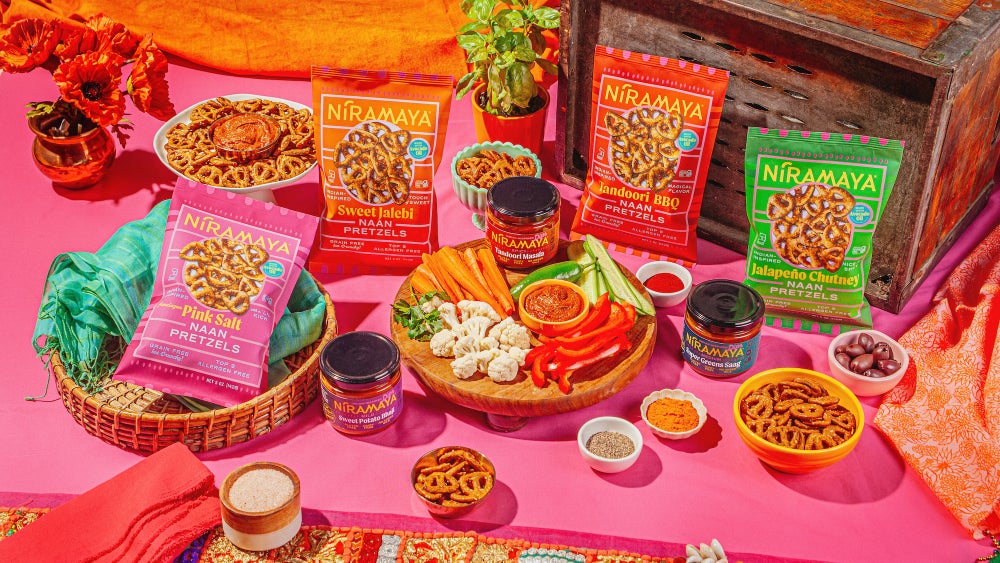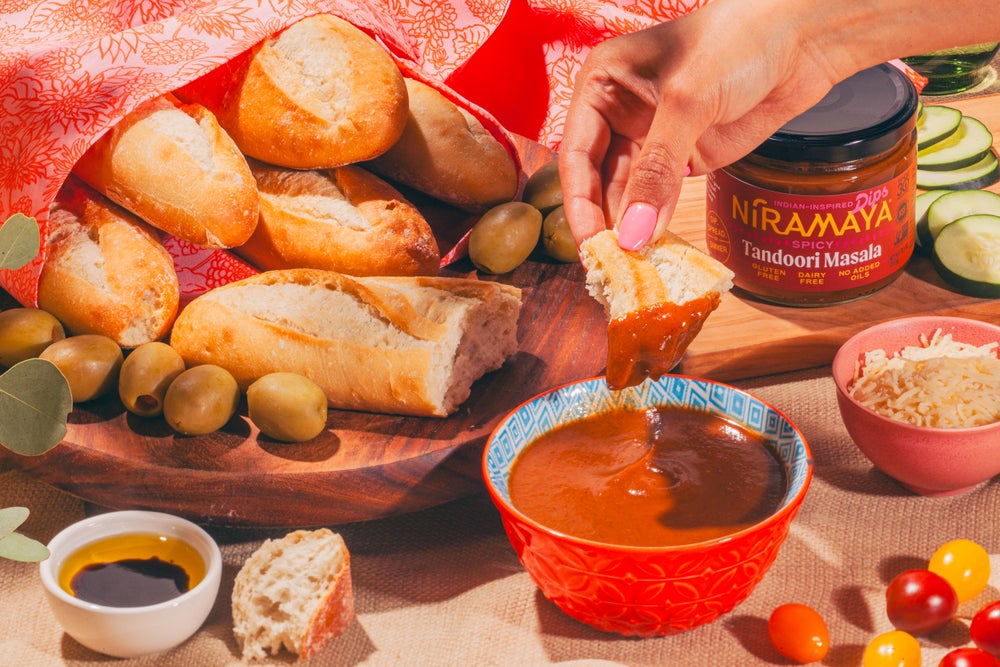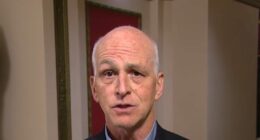Share this @internewscast.com
This Side Hustle Spotlight Q&A highlights Mehek Khera, a 35-year-old entrepreneur based in New York City. She is the founder and CEO of Niramaya Foods, a snack brand inspired by Indian heritage and focused on promoting wellness.
At 24, Khera moved from New Delhi, India to the U.S., where she began working at Walmart. Experiencing burnout and health challenges prompted her to start a side hustle centered on health.
In 2025, Niramaya is projected to reach $1 million in revenue for the first time. Discover how Khera has grown Niramaya into the thriving business behind Naan pretzels and dips. The responses have been edited for brevity and clarity.

Image Credit: Niramaya Foods. Mehek Khera.
Interested in more stories like this? Subscribe to Money Makers, our free newsletter filled with creative side hustle ideas and proven strategies. Sign up here.
What was your day job or primary occupation when you started your side hustle?
At Walmart ecommerce, I worked in retail, handling the category and supply chain for beauty and apparel. While the work was fast-paced and rewarding, it also became exhausting as the long hours, poor diet, and stress started impacting my health and well-being.
When did you start your side hustle, and where did you find the inspiration for it?
The concept for Niramaya took shape in 2020, during a period of fatigue and health issues. Struggling with chronic, undiagnosed autoimmune problems and unable to find solutions, I left my job and enrolled in nutrition school. There, I reconnected with the healing power of the foods from my upbringing: vibrant dals, functional spices, and fresh vegetable sabzis. I realized these age-old recipes were true medicinal treasures, yet they were not available in a clean, convenient, or modern format. This gap between cultural tradition and contemporary convenience laid the groundwork for Niramaya.
What were some of the first steps you took to get your side hustle off the ground? How much money/investment did it take to launch?
I started in my kitchen, playing with recipes, taking feedback seriously and testing early versions at local markets. I knew I couldn’t do this casually, so I saved up about $50,000 over two years to afford the minimum order quantities for our first co-manufacturer. I researched tirelessly, made hundreds of phone calls and eventually found a partner that aligned with our mission. We developed early packaging, launched a small website and put real products into people’s hands. That’s when the magic started.

Image Credit: Courtesy of Niramaya Foods
Are there any free or paid resources that were especially helpful?
Founder networks like Startup CPG, Naturally Network and SKU Accelerator made a world of difference. Slack groups for CPG founders were fast, brutally honest and incredibly supportive. On the tools side: Notion for tracking everything, Canva for design, QuickBooks for finances. But the most valuable resource by far? Talking to consumers face-to-face during demos. No software can replace that.
If you could go back and change one process or approach, what would it be?
I wouldn’t change the path — every challenge taught me something I needed. But I would better prepare for the sheer resource drain. Budget twice the money and give yourself twice the time. Everything takes longer and costs more than you think — and that’s not a flaw: It’s just the nature of the game.
What’s something about this side hustle turned business that surprised or challenged you the most?
How capital-intensive retail really is. Getting onto shelves is just the start — then comes the real work of driving velocity, educating the shopper and staying top-of-mind. Another challenge was re-educating people about Indian food. So many assume it’s just “heavy curry.” But our cuisine is so much more: vibrant, clean, gut-friendly, plant-forward. Translating that truth through packaging, product and language has been both a challenge and a privilege.
Can you recall a specific moment when something went wrong — how did you handle it?
At one of our early retail partners, our dips were priced too high and placed on the very top shelf — almost invisible to the consumer. Rather than panic, I calmly reached out to the buyer with sales data and shelf psychology insights and offered to support with demos and social posts if they would consider revisiting price and placement. They agreed. That moment reminded me that being proactive, respectful and solutions-oriented goes a long way in retail.

Image Credit: Courtesy of Niramaya Foods
How long did it take to see consistent revenue?
We started seeing steady traction around nine months in. We began with smaller independents, a few regional stores and a lot of in-person events. It was grassroots, but it taught me how to listen, adapt and scale responsibly.
What does growth and revenue look like today?
Today, Niramaya is available in over 1,200 retail doors across the country, including Sprouts, Albertsons and a strong base of New York City independents. This will be our first year in seven figures. We’re launching new SKUs and doubling down on retailers who believe in what we’re building.
What do you enjoy most about running this business?
The deep creative satisfaction of building something that feels true and seeing it touch people. When someone says, “I’ve never tasted anything so clean and bold at once,” I know we’re doing something meaningful. We’re not just selling food: We’re shifting the perception of Indian flavors and bringing more people into the fold.
What’s your best piece of specific, actionable business advice?
Start before you feel “ready.” But don’t build in a bubble. Get feedback constantly, especially from your customers. Stay lean. Build trust with your partners. Don’t be afraid to ask dumb questions. And remember — relationships will carry you farther than any marketing campaign. Be generous, be honest and follow through.
Ready to break through your revenue ceiling? Join us at Level Up, a conference for ambitious business leaders to unlock new growth opportunities.
This Side Hustle Spotlight Q&A features 35-year-old New York City-based entrepreneur Mehek Khera. Khera is the founder and CEO of Niramaya Foods, a snack brand “rooted in wellness and inspired by Indian heritage.”
At the age of 24, Khera left New Delhi, India and immigrated to the U.S., where she landed a job at Walmart. Then burnout and health issues motivated her to start a health-forward side hustle.
Niramaya is hitting $1 million in revenue for the first time in 2025. Learn how Khera transformed Niramaya into the successful business behind Naan pretzels and dips, here. Responses have been edited for length and clarity.
The rest of this article is locked.
Join Entrepreneur+ today for access.







